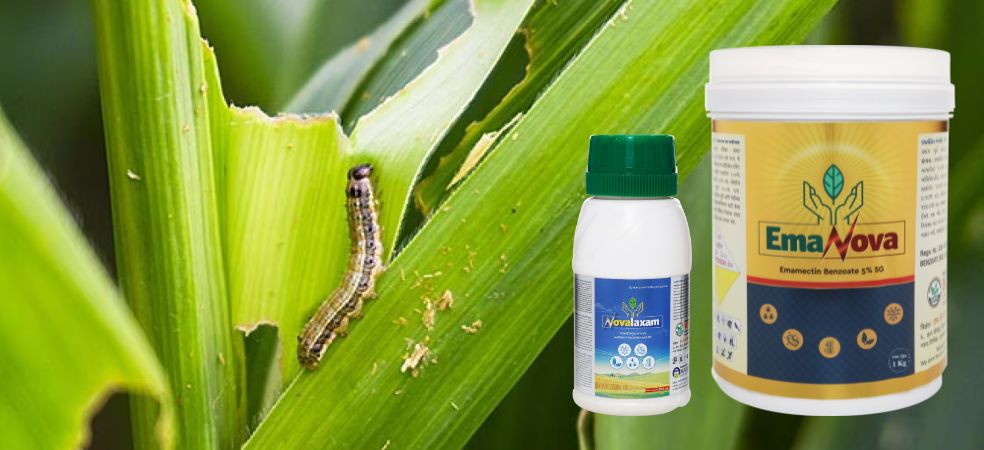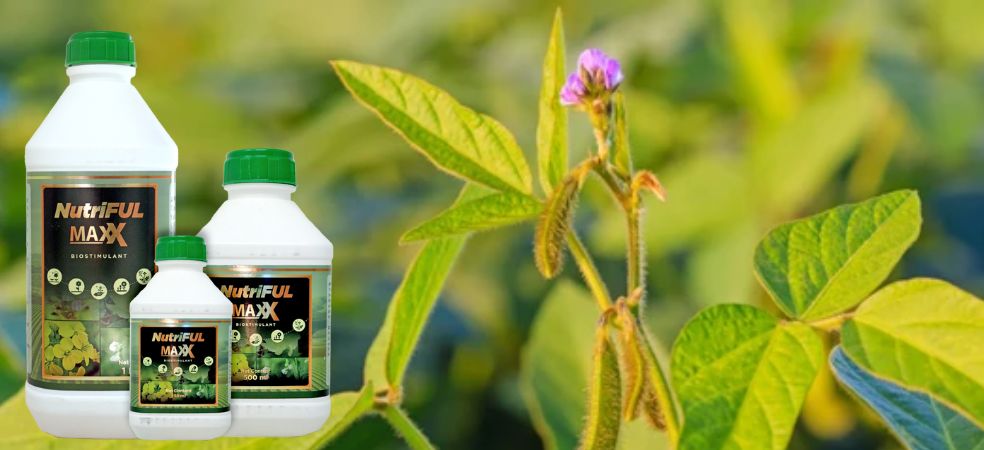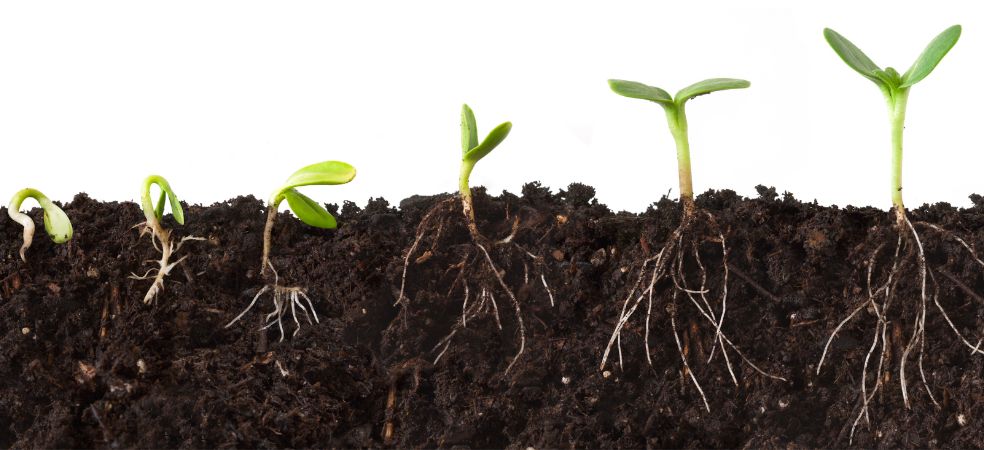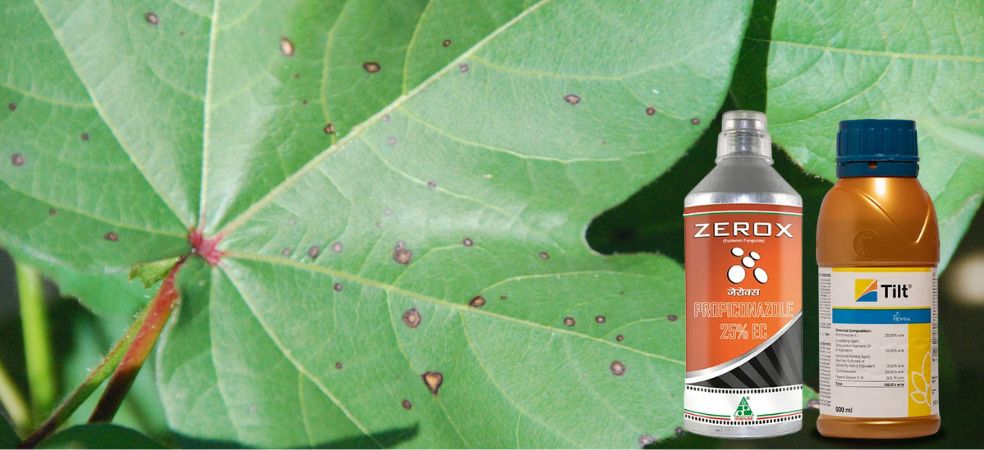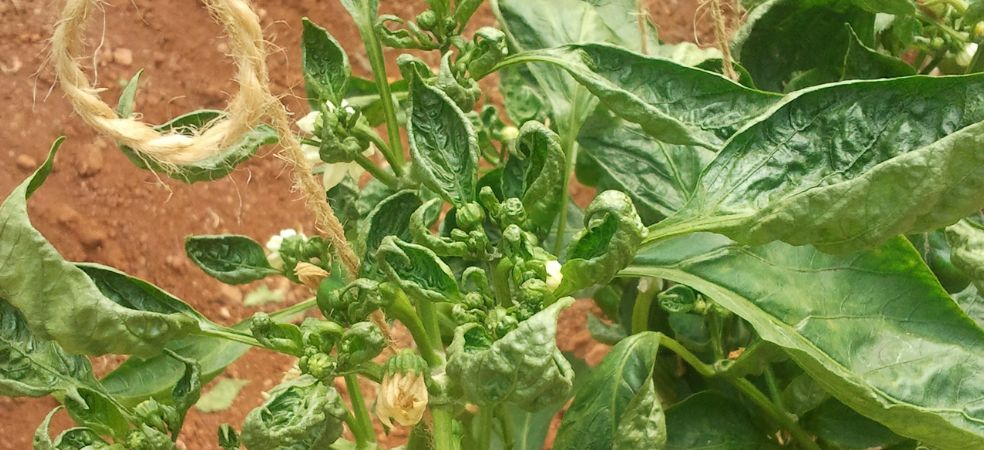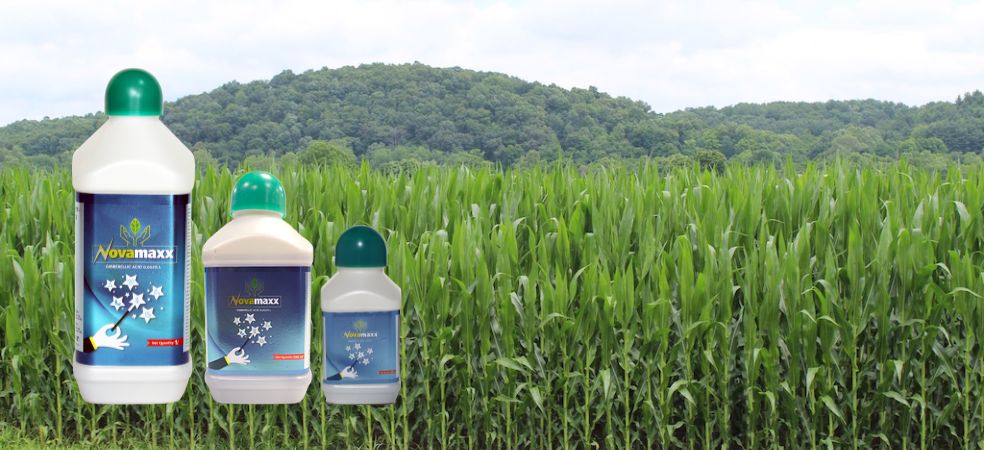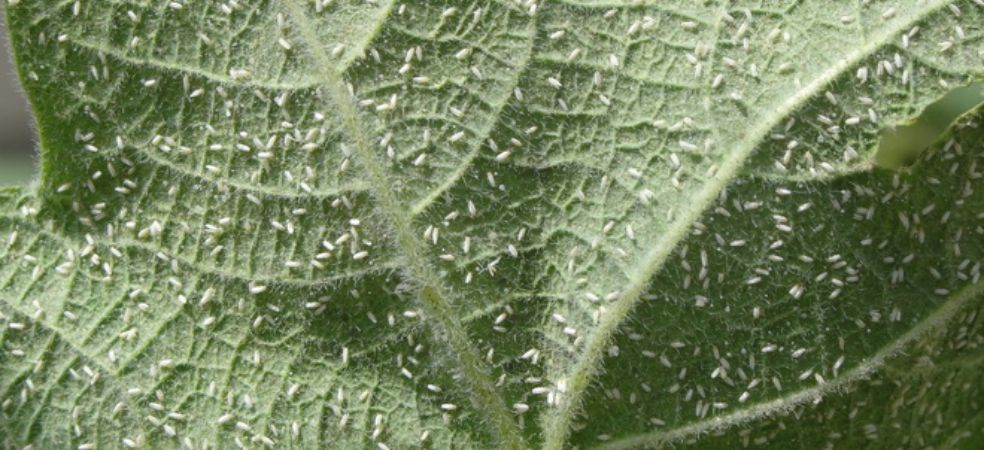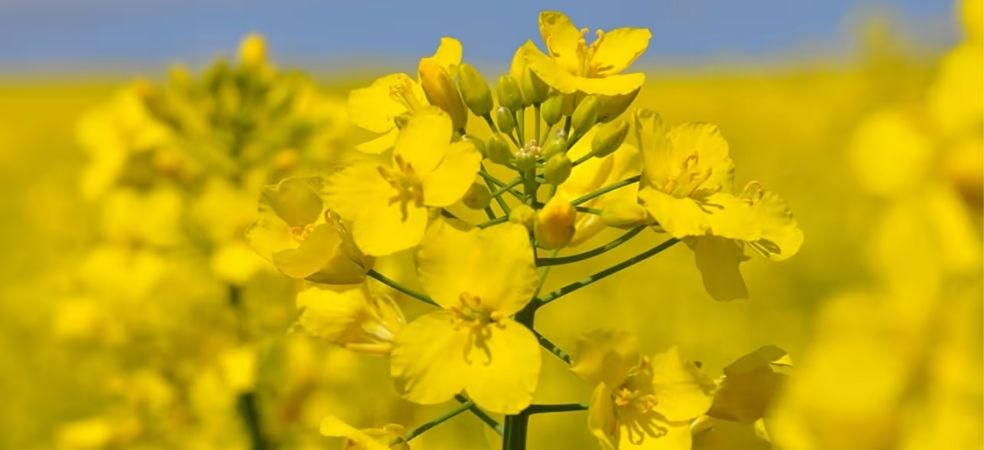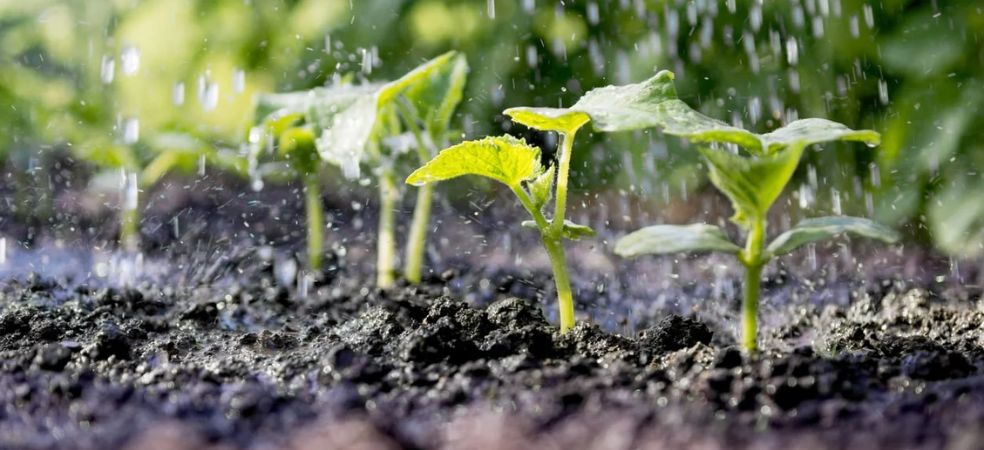These insects travel more than 100 kilometres in search of food like locusts. These insects make a home on the shell covering the leaves and cobs of standing crops in the fields and eat them by scratching them. Due to their outbreak, white stripes also start forming on the leaves of maize. Although they live only for 30-35 days, they also have the power to damage crops in a single night. Especially female armyworms increase the problem by laying eggs in the crops.
How to Identify Fall Armyworms?
-
They are green, pink, brown or black in colour
-
Between their eyes, a white colour pattern like the letter Y inverted English is made.
-
They have trapezoid pattern spots on each segment of their body.
Chemical Control
use Novalaxam (Thiamethoxam 12.60 % + Lambda-Cyhalothrin 09.50 % Zc)@ 80ml/Acre Emanova (Emamectin Benzoate 5 % Sg) @ 100gm/acre Cover (Chlorantraniliprole 18.5 % W/W Sc) @60 ml/Acre.
ShareFor such important information related to the agriculture sector and farmers, do read Gramophone articles daily. If you liked today’s information then don’t forget to share.

